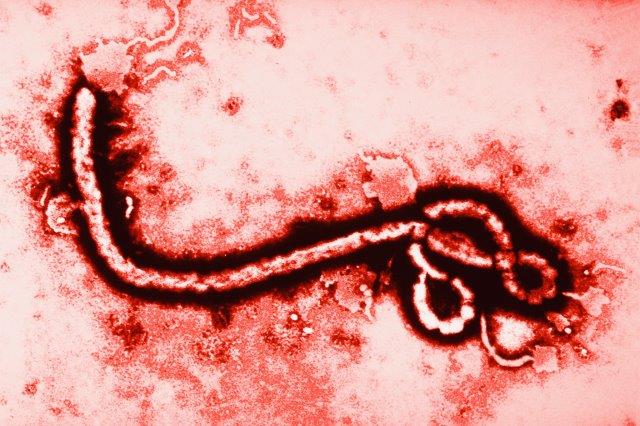American Chemical Society: The number of new Ebola cases is tapering off, but the search for new
treatments continues. Now, one research team has found potential drug
candidates that successfully treated up to 90 percent of mice exposed to
the Ebola virus. They report their findings in the journal ACS Infectious Diseases.
Bogdan A. Šolaja, Rekha G. Panchal and colleagues note that the U.S.
Food and Drug Administration has yet to approve any therapeutic drugs or
vaccines against the Ebola virus that, since December 2013, has
infected more than 25,000 people and taken the lives of more than
10,000. While some researchers are developing vaccines to prevent Ebola
infections, others are focusing on treatments for the disease. They are
investigating a number of compounds, including existing malaria and flu
drugs. Šolaja’s team has been looking into possible treatments by
studying a class of small molecules called diazachrysenes, which they’ve
found in lab tests to be non-toxic and effective against the most
potent bacterial toxin, botulinum neurotoxin. They wanted to screen this
family of compounds for possible anti-Ebola drug candidates.
The researchers narrowed down their search to a handful of
diazachrysenes. In their study, 70 to 90 percent of the mice that
received one of three of the experimental compounds survived infection
and didn’t show any obvious side effects.
The authors acknowledge funding from the Ministry of Science and Technological Development of Serbia and the Defense Threat Reduction Agency.
